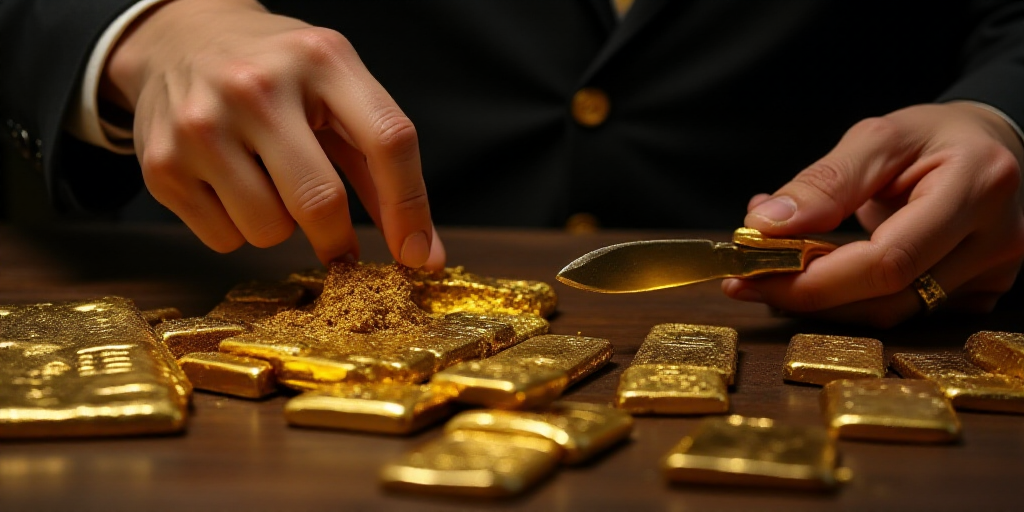Background on Key Figures and Context
The Federal Reserve, the central bank of the United States, plays a crucial role in managing monetary policy and influencing economic conditions. One of its primary tools is adjusting interest rates, which impact borrowing costs and overall economic activity. Recently, market participants have been closely monitoring the Fed’s actions due to ongoing concerns about inflation and labor market conditions.
Gold Performance in the Market
On Friday, gold prices increased following the release of U.S. inflation data that met market expectations. This development bolstered speculation that the Federal Reserve might continue reducing interest rates this year. The spot gold price rose by 0.8% to $3,778.62 per ounce, reaching a new historical high of $3,790.82 on Tuesday. Over the week, gold gained 2.5%.
Meanwhile, U.S. gold futures for December delivery climbed 1% to $3,809. These positive movements in the gold market can be attributed to investor confidence that the Fed will implement further interest rate cuts.
Inflation Data and Market Expectations
The Personal Consumption Expenditures (PCE) price index, a key measure of U.S. inflation, rose 2.7% year-over-year in August. This figure aligned with economists’ forecasts, as reported by Reuters. According to the CME Group’s FedWatch tool, market participants now see an 88% probability of a rate cut in October and a 65% chance for another reduction in December.
“None of these data points will prevent the Fed from continuing with another cautious rate cut at the October meeting,” said Tai Wong, an independent precious metals trader.
Federal Reserve Officials’ Statements
Vice President for Supervision of the Federal Reserve, Michelle Bowman, reiterated on Friday that she believes significant interest rate cuts are necessary to prevent further labor market issues. Gold, considered a safe-haven asset, tends to thrive in low-interest-rate environments and during periods of geopolitical and economic uncertainty.
Performance of Other Precious Metals
In addition to gold, other precious metals also experienced gains. Silver for immediate delivery increased by 2.6% to $46.41 per ounce, nearing a 14-year peak. Platinum prices rose by 2.5% to $1,568.21, marking a more than 12-year high.
Key Questions and Answers
- What is the significance of the recent U.S. inflation data? The data showed that the PCE price index increased 2.7% year-over-year in August, matching economists’ expectations. This outcome supported the market’s belief that the Federal Reserve would continue lowering interest rates.
- Why did gold prices rise following the inflation data release? Gold prices increased because investors anticipated further interest rate cuts by the Federal Reserve, which would support gold’s status as a safe-haven asset.
- What role do Federal Reserve officials play in influencing gold prices? Statements from Fed officials, such as Michelle Bowman’s support for significant interest rate cuts, can impact market sentiment and, consequently, gold prices.
- How have other precious metals performed alongside gold? Silver and platinum prices also increased, with silver nearing a 14-year high and platinum reaching a more than 12-year peak.






